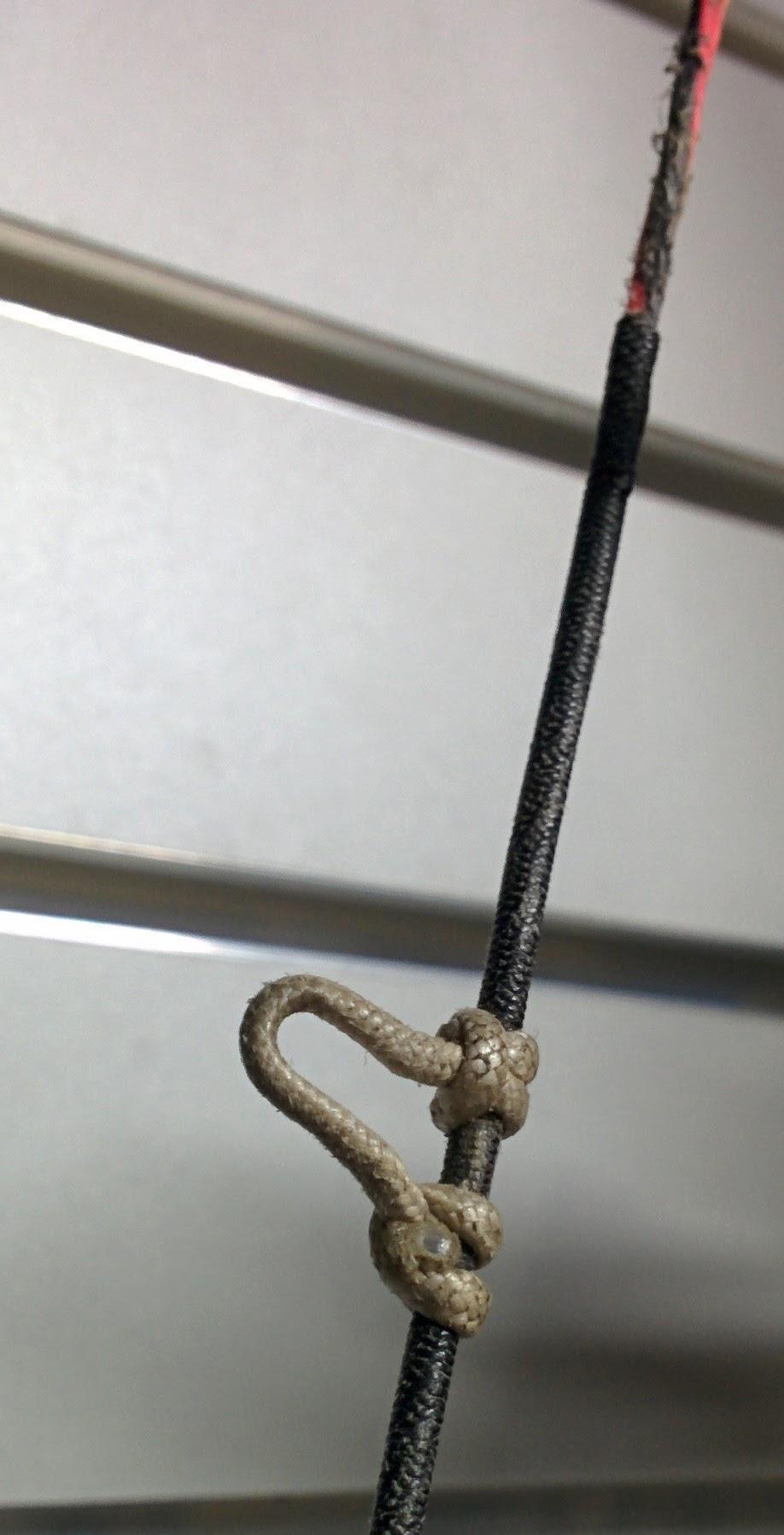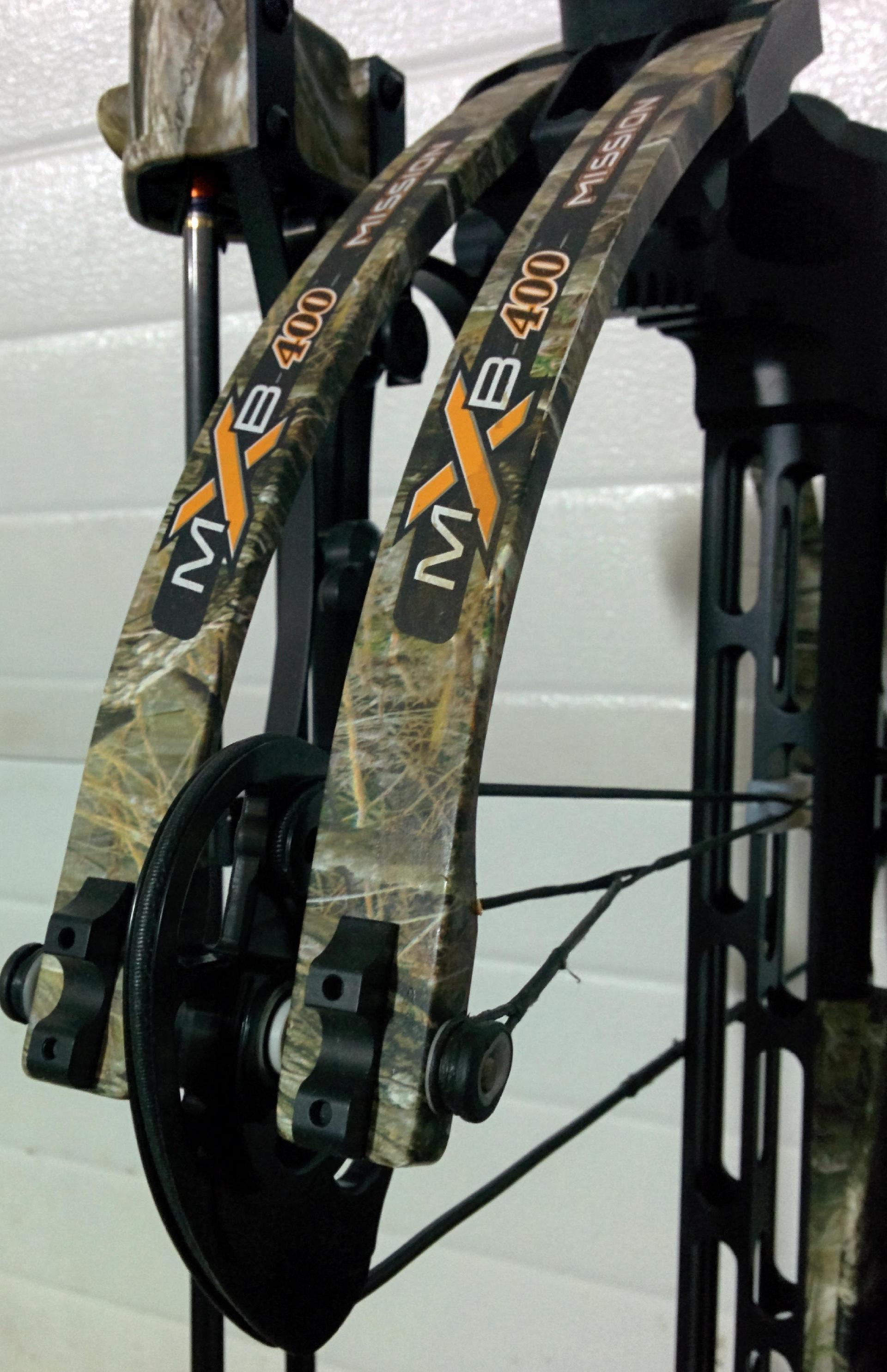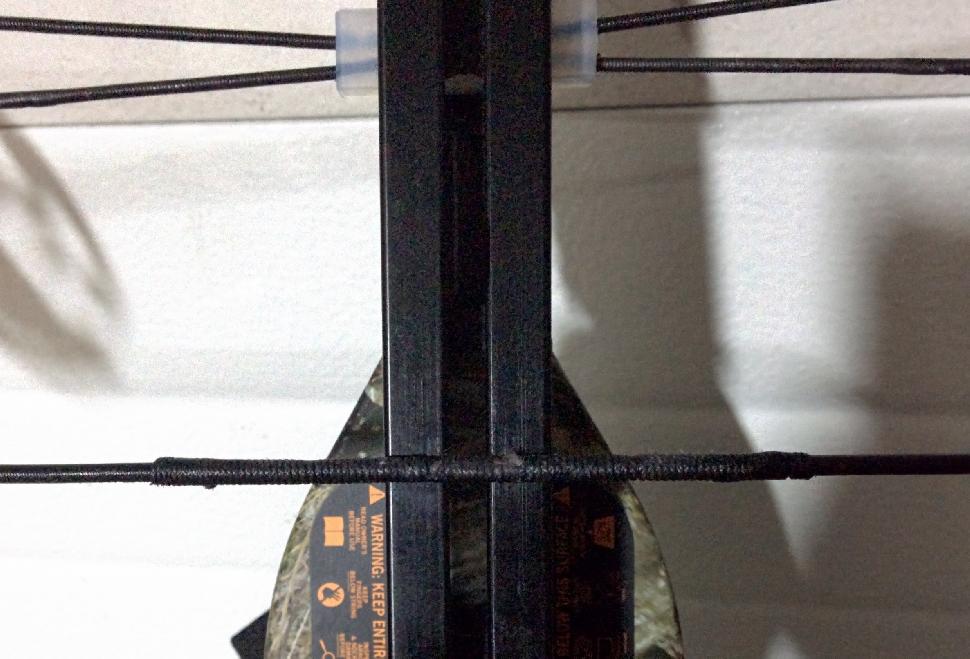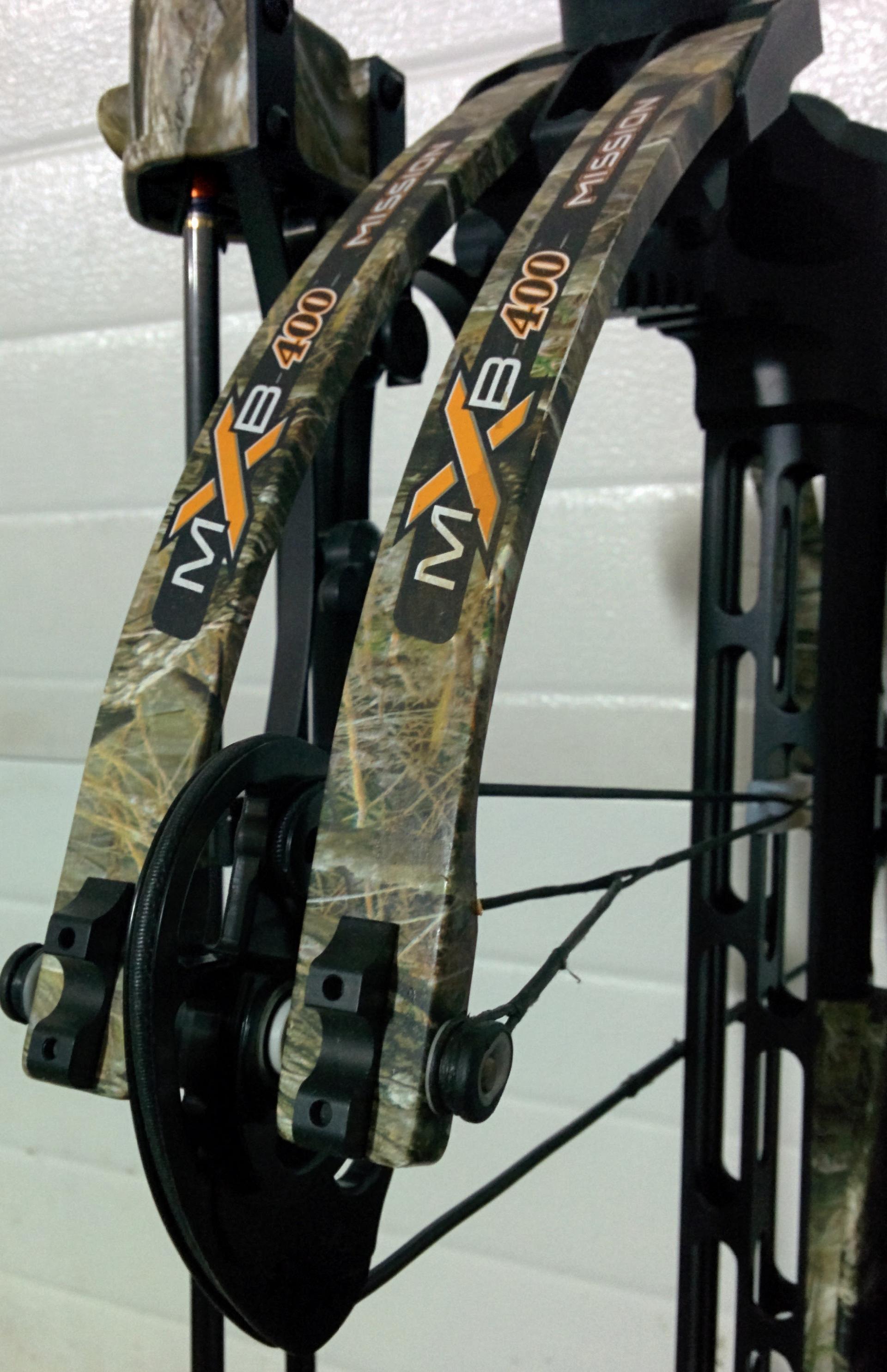Do not be left bow-less come opening day
Advertisement
Bow inspection and maintenance are important factors for a straight shooting bow come opening day, and require plenty of lead time. That makes March the perfect time to do any necessary repair. A thorough inspection of your bow during the off season will make bowhunting season that more enjoyable and hassle free.
String
Start with the string on every type of bow (traditional, compound and crossbow). This vital piece—responsible for transferring energy from the limbs to the arrow—must be free of fraying, broken strands, wear, excessive wax and old age. Fraying (fuzziness on the string) can easily be fixed be applying a bit of bow string wax and rubbing it in. Ensure you work in any clumps of wax into the strings. Wax will collect dirt, so every year I remove the dirty wax by looping a piece of dental floss around my string and working it downwardly from the top cam to the bottom cam. Pulling on either end of the dental floss forces out the dirty, old wax from inside the string. Afterwards, I apply new, clean wax to protect against moisture and UV rays. Don’t chance your D-loop if you use a release—replace it every year. Inspect servings for wear and separation between the individual strands, re-serve as necessary. Have the string inspected underneath the servings if/when they are replaced. Wear on the cam servings means something is not lining up straight throughout the draw cycle–have this inspected by an archery technician with a bow press (like Cabela’s). Any broken stands or cuts in your string mean a new string is required. Strings eventually just break down over time when shot and used in the field, so replace them every few years. Give yourself plenty of time because after installation, because you will want to take 100 shots to break in the string by allowing it to stretch and settle. I always paper tune my compound bow after replacing my string with both fletched and bare shaft arrows.
Advertisement

Replace D-loops annually and apply string wax often to avoid fraying as seen above the serving here.
Limbs
Limbs are generally very durable and never break or wear out on bows that are shot within specifications. However, when limbs do fail, the results can be catastrophic. Get into the habit of regularly checking limbs for cracks, chips or splinters. Cosmetic chips (paint/powder coating missing) are nothing to worry about, but any cracks or splinters affecting the performance of the limb need to be replaced immediately without further drawing of the bow. Even hairline cracks should be inspected by an archery technician or call the bow maker and ask for guidance.

When limbs fail, the results are catastrophic so make of habit of inspecting reguarly.
Advertisement
Axle/Cams
Cams should be inspected for wear from improper string path along the outer perimeter. Small nicks and dents in this area can also wear through a string quickly, so inspect those thoroughly. Cams should sit and roll perpendicular to the axle, so any leaning cams (at rest or full draw) need to be dealt with immediately – bushing/bearings/spacers may need to be replaced and/or added. If you plan to remove the string and clean the axles, do so with alcohol but never a penetrating solvent. Apply some lubricant when reassembling. Cams need to roll smoothly and quietly through the draw cycle and the release so if you hear anything out of the ordinary during any part of the draw cycle or release, have it inspected by a qualified technician.

Servings protect the string but also need to be inspected and replaced as required. Inspect the string it covers as well because they can break down internally.
Riser/stock
This is the part the bow least likely to fail, but it should be inspected, especially on traditional bows. As with the limbs, inspect for cracks and chips. Check tiller length to ensure you are within specification by ¼” or less. If not, make a trip to your local archery technician for a bow tune. Another measurement that should remain constant is brace height, so use a bow square to measure that accurate to ensure it meets the bows specifications. Finally, check, clean and lube every screw holes. On crossbows, ensure the stock is straight as an arrow and has not been warped or compromised.
Shoot or Store
I highly recommend shooting throughout the winter to maintain shooting form and muscle, but if you are keen on taking a break, back off your poundage and store your bow in its case in a dry place, free from high humidity and extreme temperature changes. But who does not want to shoot their bow all year long? It is so much fun.

